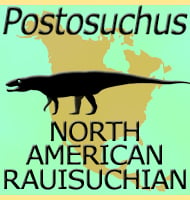Hualianceratops
In Depth Hualianceratops is a genus of small ceratopsian dinosaur that lived in China during the Late Jurassic. Identified as a member of the Chaoyangsauridae group of ceratopsians, Hualianceratops would have been a small and bipedal herbivore. Further Reading - A new taxon of basal ceratopsian from China and the early evolution of Ceratopsia. – … Read more
